Collection, storage and cultivation work for the habitat 9580* characteristic species in Galicia was completed
05-08-2019
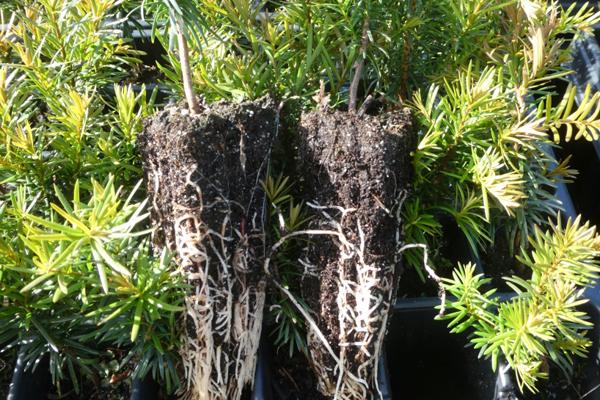
The aim of the LIFE BACCATA project is to improve the conservation status of the habitat 9580*, in 15 SPAs of the Cantabrian Mountain Range, by focusing on the habitat conservation status indicators: ‛area of occupancy’, ‛structure and functions’ and ‛future prospects’. In Galicia the action plan takes place in 15 ha of the MVMC of Riocereixa (Pedrafita do Cebreiro, Lugo) within the Os Ancares – O Courel (ES1120001) SPA. A reforestation pine grove will be removed (Action C2) in this area and the habitat 9580* type will be restored through a forest plantation made up of its characteristic species (Action C3). With this action, those conditions affecting the habitat type will be eliminated and its occupied area will increase. Likewise, its structure, composition and connectivity will improve and all together will result in an improved conservation status.
In order to plant the forest species of the habitat 9580*, and given this is a designated Natura 2000 Area, it was necessary to use reproductive forest material (RFM) compatible with the local gene pool. To guarantee the said compatibility, in the project it was suggested to use the RFM right from the municipal, communal woodlands (MVMC by the Spanish acronym) of Riocereixa. The action involved collecting stem cuttings and seeds from the tree species that characterize the habitat 9580* in the said MVMC, according to the Galicia Habitat Manual (Taxus baccata, Quercus petraea, Fagus sylvatica, Betula pubescens, Sorbus aucuparia, Ilex aquifolium, Corylus avellana) for its subsequent storage, preservation and cultivation (Action C1). This action was conducted by IBADER, from the University of Santiago de Compostela, who relied on external assistance when going through those stages that required it.
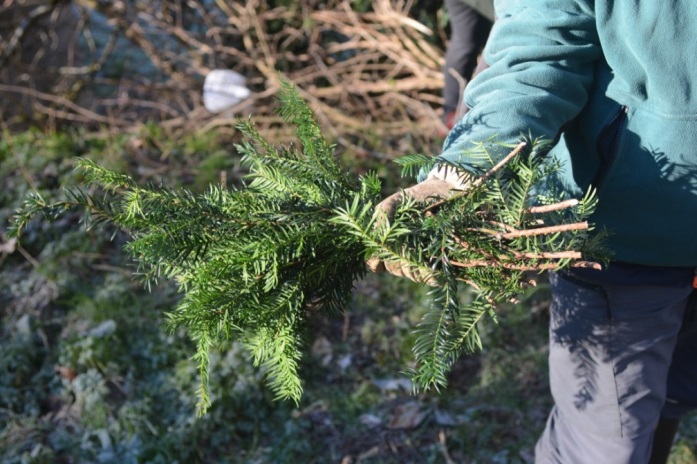 During the first stage, the RFM from the habitat 9580* characteristic species according to the Galicia Habitat Manual (Taxus baccata, Quercus petraea, Fagus sylvatica, Betula pubescens, Sorbus aucuparia, Ilex aquifolium, Corylus avellana) was collected. To determine the amount of plants needed, the total reforestation area and the ratio of dominant and accompanying species of this type of habitat according to the Galicia Habitat Manual were calculated. The timeline for the collection work excluded the critical periods affecting the species of conservation concern that live in habitats within the RFM collection areas.
During the first stage, the RFM from the habitat 9580* characteristic species according to the Galicia Habitat Manual (Taxus baccata, Quercus petraea, Fagus sylvatica, Betula pubescens, Sorbus aucuparia, Ilex aquifolium, Corylus avellana) was collected. To determine the amount of plants needed, the total reforestation area and the ratio of dominant and accompanying species of this type of habitat according to the Galicia Habitat Manual were calculated. The timeline for the collection work excluded the critical periods affecting the species of conservation concern that live in habitats within the RFM collection areas.
 Plants are brought to the nursery after being collected during the first stage. Then, the plant storage and preparation work begins so that it is cultivated and fattened afterwards. Seed species were cultivated relatively easily, in seedbeds. Seeds were sown in trays for an organized and control germination (with shading or nursery mesh, vermiculite and perlite substrate, controlled irrigation and moisture, etc.) and this way plants grow smoothly until they are ready for reforestation. In case of plants coming from stem cuttings, these are prepared, cut and treated to produce plants through cuttings.
Plants are brought to the nursery after being collected during the first stage. Then, the plant storage and preparation work begins so that it is cultivated and fattened afterwards. Seed species were cultivated relatively easily, in seedbeds. Seeds were sown in trays for an organized and control germination (with shading or nursery mesh, vermiculite and perlite substrate, controlled irrigation and moisture, etc.) and this way plants grow smoothly until they are ready for reforestation. In case of plants coming from stem cuttings, these are prepared, cut and treated to produce plants through cuttings.
The whole process, which started in 2017 and ended in the spring of 2019, allowed the production of forestry plants of sufficient quality and quantity to assure the reforestation of 15 ha of MVMC in Riocereixa, the purpose of the project. The production figures per available plant species of LIFE BACCATA in the Galicia corresponding location are the following:
The produced plant is suitable for reforestation use because it is kept in a forestry container, its height and diameter are adequate, its root is largely developed, and rolling is not significant because the container is sufficiently big to allow a smooth root growth.
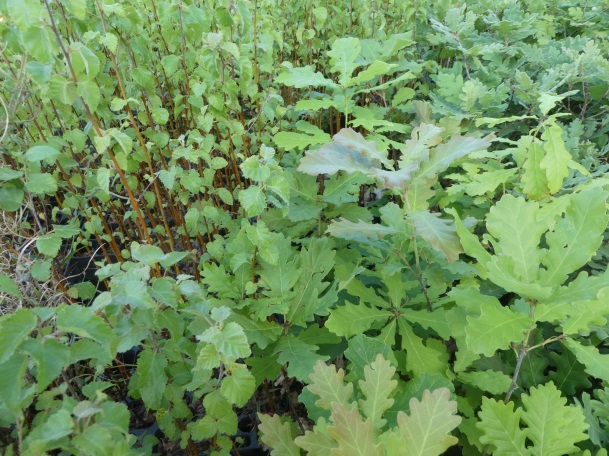
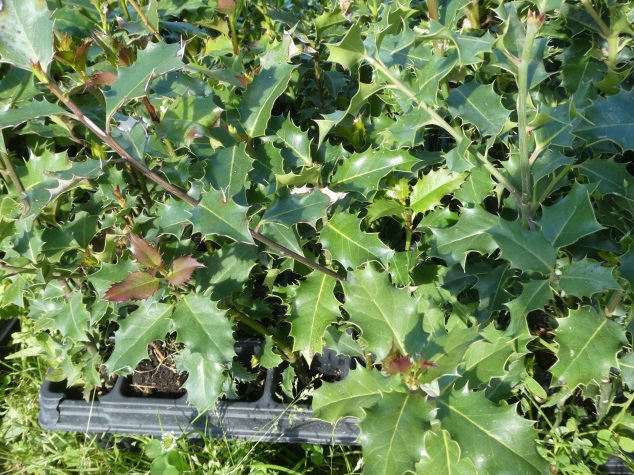
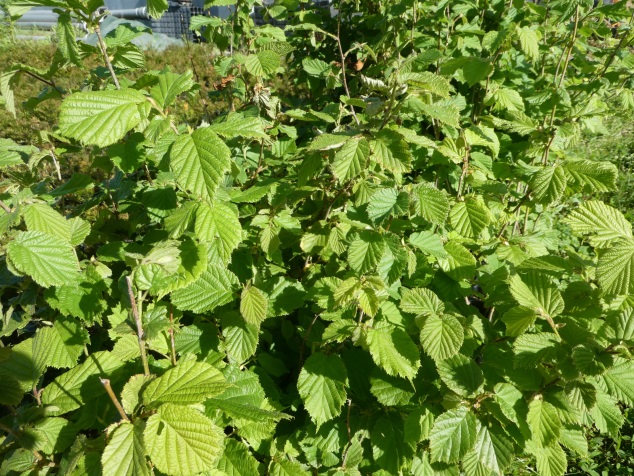
In order to plant the forest species of the habitat 9580*, and given this is a designated Natura 2000 Area, it was necessary to use reproductive forest material (RFM) compatible with the local gene pool. To guarantee the said compatibility, in the project it was suggested to use the RFM right from the municipal, communal woodlands (MVMC by the Spanish acronym) of Riocereixa. The action involved collecting stem cuttings and seeds from the tree species that characterize the habitat 9580* in the said MVMC, according to the Galicia Habitat Manual (Taxus baccata, Quercus petraea, Fagus sylvatica, Betula pubescens, Sorbus aucuparia, Ilex aquifolium, Corylus avellana) for its subsequent storage, preservation and cultivation (Action C1). This action was conducted by IBADER, from the University of Santiago de Compostela, who relied on external assistance when going through those stages that required it.
 During the first stage, the RFM from the habitat 9580* characteristic species according to the Galicia Habitat Manual (Taxus baccata, Quercus petraea, Fagus sylvatica, Betula pubescens, Sorbus aucuparia, Ilex aquifolium, Corylus avellana) was collected. To determine the amount of plants needed, the total reforestation area and the ratio of dominant and accompanying species of this type of habitat according to the Galicia Habitat Manual were calculated. The timeline for the collection work excluded the critical periods affecting the species of conservation concern that live in habitats within the RFM collection areas.
During the first stage, the RFM from the habitat 9580* characteristic species according to the Galicia Habitat Manual (Taxus baccata, Quercus petraea, Fagus sylvatica, Betula pubescens, Sorbus aucuparia, Ilex aquifolium, Corylus avellana) was collected. To determine the amount of plants needed, the total reforestation area and the ratio of dominant and accompanying species of this type of habitat according to the Galicia Habitat Manual were calculated. The timeline for the collection work excluded the critical periods affecting the species of conservation concern that live in habitats within the RFM collection areas.  Plants are brought to the nursery after being collected during the first stage. Then, the plant storage and preparation work begins so that it is cultivated and fattened afterwards. Seed species were cultivated relatively easily, in seedbeds. Seeds were sown in trays for an organized and control germination (with shading or nursery mesh, vermiculite and perlite substrate, controlled irrigation and moisture, etc.) and this way plants grow smoothly until they are ready for reforestation. In case of plants coming from stem cuttings, these are prepared, cut and treated to produce plants through cuttings.
Plants are brought to the nursery after being collected during the first stage. Then, the plant storage and preparation work begins so that it is cultivated and fattened afterwards. Seed species were cultivated relatively easily, in seedbeds. Seeds were sown in trays for an organized and control germination (with shading or nursery mesh, vermiculite and perlite substrate, controlled irrigation and moisture, etc.) and this way plants grow smoothly until they are ready for reforestation. In case of plants coming from stem cuttings, these are prepared, cut and treated to produce plants through cuttings.The whole process, which started in 2017 and ended in the spring of 2019, allowed the production of forestry plants of sufficient quality and quantity to assure the reforestation of 15 ha of MVMC in Riocereixa, the purpose of the project. The production figures per available plant species of LIFE BACCATA in the Galicia corresponding location are the following:
| Taxus baccata | > 4.000 plants |
| Betula pubescens | > 3.000 plants |
| Fagus sylvatica | > 2.000 plants |
| Quercus petraea | > 2.000 plants |
| Sorbus aucuparia | > 1.000 plants |
| Ilex aquifolium | > 1.000 plants |
| Corylus avellana | > 200 plants |






